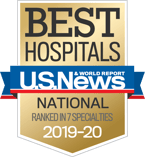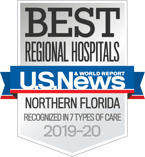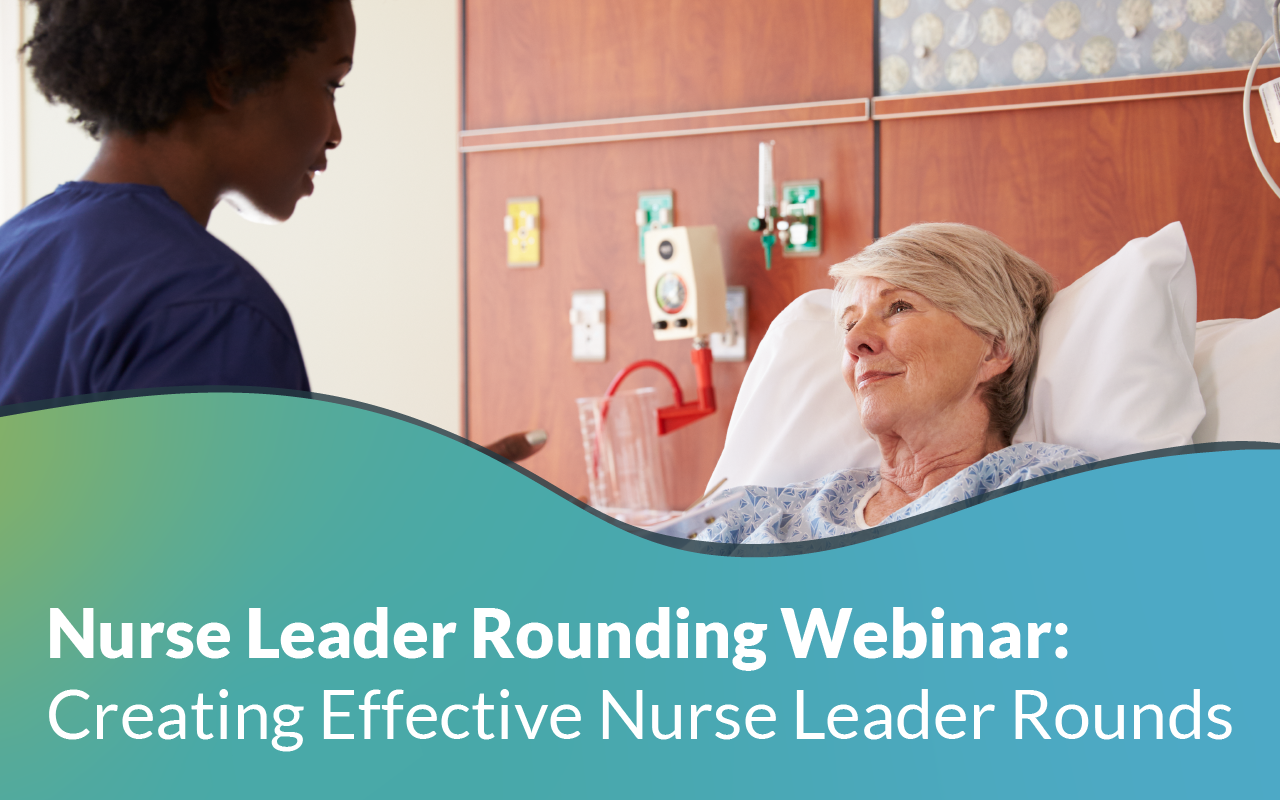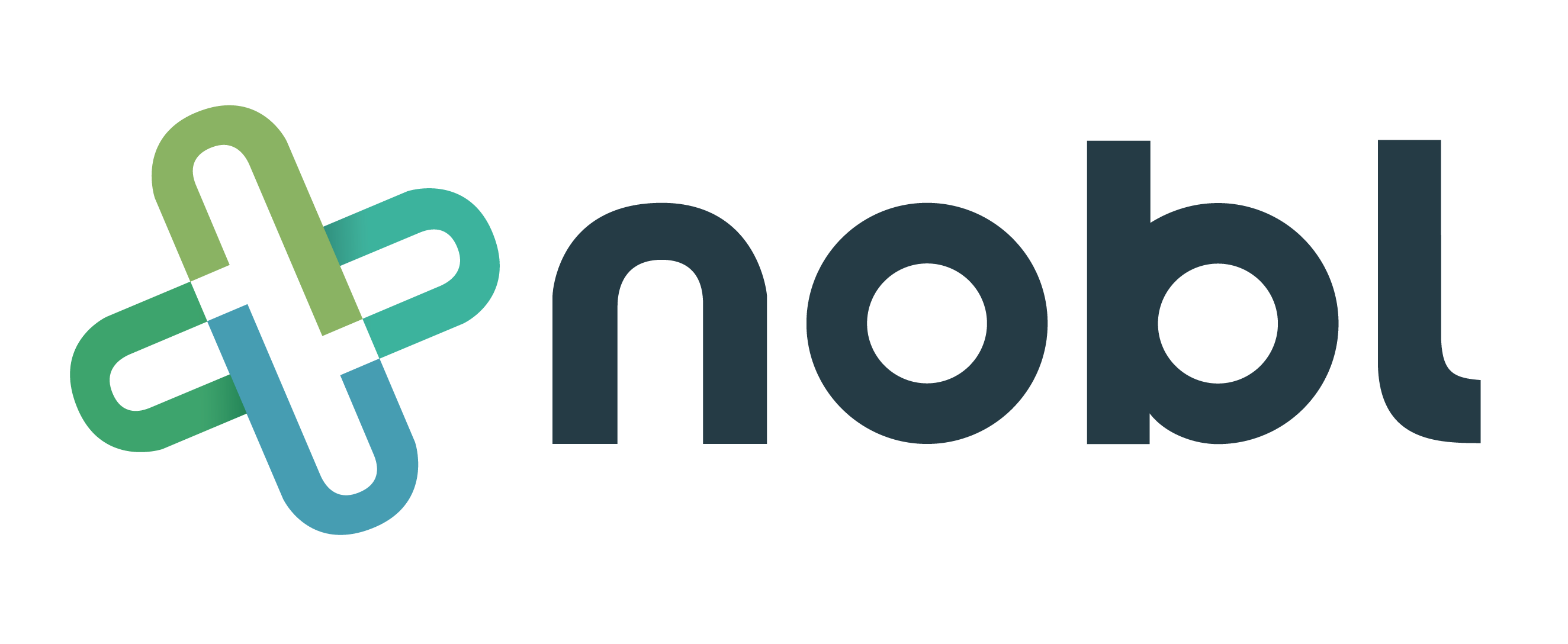
5 min read
Sitting down with leaders: Duke Lim - UF Health Shands Hospital
Nobl Health Feb 17, 2020 2:09:00 AM
Nobl CNO, Terry Anderson, discusses nursing leadership and leader rounding strategies with Duke Lim, Associate Vice President Nursing & Patient Services at UF Health Shands Hospital.
One benefit as the Nobl CNO is the opportunity to work with highly engaged, inspirational leaders. Recently, I had the opportunity to sit down with Duke Lim, to gain insights into his successful leadership style and how he has guided the Medical-Surgical division of UF-Shands to successful outcome achievement through patient rounding. Duke’s positive mind-set and humble demeanor, coupled with his love of “friendly competition” is a win-win for his team!
Duke C. Lim DNP, RN, CNML
Associate Vice President Nursing & Patient Services
UF Health Shands Hospital

In the 5 years that you have served as the AVP, how have you seen the workload and expectations for nurse managers change?
The general workload for nurse managers over the past five years has changed to include an emphasis on quality care and documentation requirements. The addition of the Nobl Rounding Platform to create the day-to-day practice accountability has been a positive change toward daily workflows. My team now has the tools to do data abstraction that was not possible with the paper/pencil model that had been in place for many years.
Does your facility cascade organization level goals and priorities to the unit and individual staff level? Have you included any of that work into the leader rounding process?
We cascade our goals to the unit level and partner with our staff regarding the nursing sensitive indicators. Each nurse manager has a dashboard and are expected to input and share data for NSIs, patient experience and rounding compliance with their staff members on a routine basis. These metrics are discussed at unit-level meetings and the achievement of outcome goals does factor into the annual performance evaluation for all levels of staff.
For example, the rounding expectation is that every nurse manager round on 80% of patients each day. But the bottom line is reaching benchmarks and targets for outcomes, not just filling a square and completing a round. As an executive leader, I strive to support the nurse managers and clinical leaders understanding that circumstances might intervene.
University of Florida Health Shands Hospital has been recognized among the nation’s best hospitals in seven adult medical specialties. Overall, UF Health Shands Hospital was recognized as one of the best hospitals in Florida. In addition to being ranked among the nation’s top 50 hospitals in seven specialties, UF Health Shands Hospital also was listed as “high performing” in seven specialties, including abdominal aortic aneurysm repair, colon cancer surgery, COPD, heart failure, lung cancer surgery, neurology & neurosurgery and orthopaedics.


Prior to launching Nobl Rounding Platform in 2017, how long have your nurse managers been rounding on patients?
Rounding has been a long-term expectation here at UF Health Shands and we had a goal of 100% patient rounding each day. But with no steadfast number that we needed to achieve, that goal became unrealistic. We didn’t scrutinize or hold ourselves accountable as a division. Since moving to Nobl the nurse managers have easy access to the data and that helps them to achieve the expectations more often.
Besides rounding and patient satisfaction, has the use of Nobl Rounding Platform impacted engagement and accountability in other areas?
Yes definitely. Nobl access has been given to the nurse managers and clinical leaders but the rounding component is primarily the work of the nurse manager. At times the clinical leaders will assist with patient rounding along with their own accountabilities for the safety and other routine checks. This has led to more collaborative work and the assessment of patient satisfaction, safety, or environment of care more consistently. I am seeing a “renewed focus” for the nurse managers and clinical leaders. It makes a difference when you can see your results in real-time.
How have your leader rounding processes evolved since launching the Nobl Leader Rounding platform?
I partner with the Chief of Medicine to round on random patients on two care units where hospitalists are providing services. These rounds are almost exclusively focused on HCAHPS and whether the patients understand the instructions they are given. That is different from the other AVP/Director rounding expectations. We have always been expected to round on patients within the units we supervise, but those rounds are more encompassing of safety, quality and patient experience. It is a change to conduct rounds with a medical colleague and to see the priorities a bit differently through their perspective.
How has customization of questions impacted the process and outcomes?
As an organization, there has been an emphasis on improving communication. This became a clear need when we were able to look at both employee engagement and patient satisfaction data together. There were opportunities to improve our communication with each other and with patients. We were able to tweak our questions to focus on these areas.
One unit had implemented an “activity cart” and questions were designed to evaluate the effectiveness of that process. As a result of data, the cart has now been eliminated. More recently, the organization is rolling out a “commit to sit” initiative for staff members. Rounding questions are being developed to audit this process across multiple areas. This is a collaborative project between Patient Experience and Nursing. As we have learned more about rounding best practices, we are starting to use the Nobl products to their full extent.
How do you use reports to meet the needs of a variety of different managers?
The goals for each nurse manager are set by evaluating both the Nobl data results and the patient experience data. All nurse managers are working toward 80%, but the action planning around that will vary for leaders who haven’t reached that goal. If a nurse manager is not achieving 80% but their patient experience data is meeting expectation, there might be a focus on slower growth toward the goal and continued focus on the substance of the round. In contrast, if the compliance is low and patient perceptions of their care are also low, then a stronger push might be needed in both areas. I always try to consider other variables like patient turnover. If a unit is getting 9-12 discharges a day, it will be much harder for managers to meet the goal of 80% rounding on all admissions.
Have you changed any expectations based on the data that is available from the Nobl Platform?
My whole team receives a group email with weekly or monthly data for all areas. I have been able to integrate rounding compliance goals into my monthly 1:1 meeting with each nurse manager. Coaching around struggles occurs in that individual setting. But everyone likes good competition and the higher we get our numbers; nursing as a whole benefits. Our team successes and reaching our annual goals are the recognitions we celebrate. I don’t provide additional external rewards or prizes. Telling them that they have increased from A% to B% and acknowledging the work it took to get there is effective with my team. It’s also motivating to outperform my AVP/Director peers!
As a highly engaged leader who works from an “employee support and growth” perspective, what recommendations do you have for other AVPs and Directors on how to make leader rounding on patients, not just a mandatory exercise, but a valued part of the leader workflow?
Patient rounds have always been a part of the leader workflow. It provides a human connection we need to have with our patients. There has to be genuine caring and openness to hear feedback. If you have a nurse manager who is “going through the motions” that is a “drive-by round” and not helpful. Constant positive role modeling is key. I am a leader by example and try to show why it’s important for the floor. Once you establish a personal connection with the patients it makes your job as a nurse leader easier. We see our patients as humans and not as room numbers.
Duke is an effective leader who has found the successful balance between motivation, accountability and genuine caring for his team and those they serve. Nobl is proud to work with leaders like Duke as they strive toward excellence in patient care and experience.
Written by Teresa Anderson, EdD,MSN, NE-BC, Nobl CNO
New Free eBook
Best Practices for Sharing and Reviewing Data from the Nobl Rounding Platform
Beryl Institute Case study
Improved First Impressions at Your Front Door - Patient Ambassador Rounders Enhance the Patient Experience of a Busy Emergency Department
Recent Posts

Five Key Factors to Consider in Pediatric Leadership Rounding



